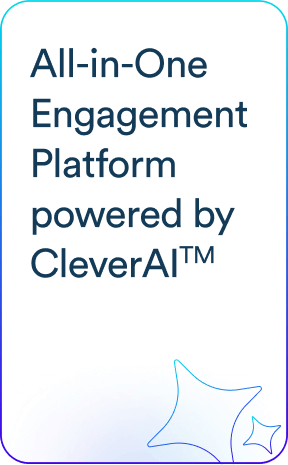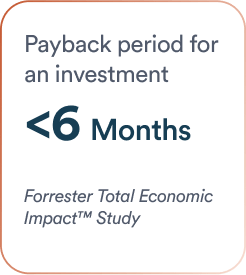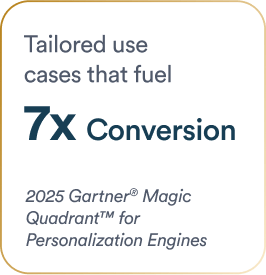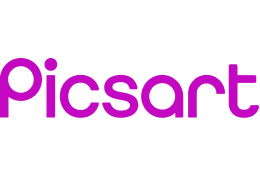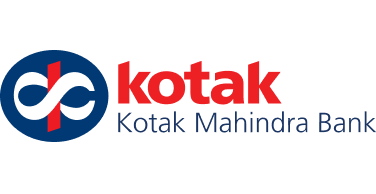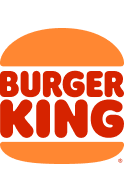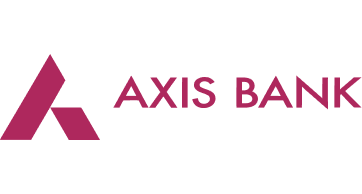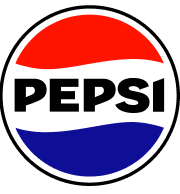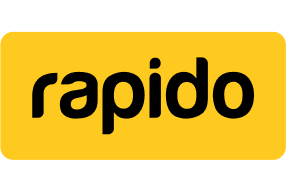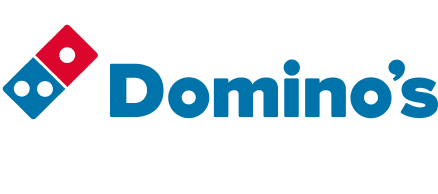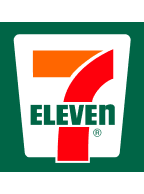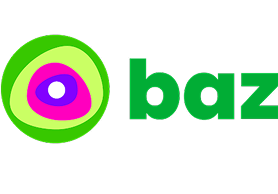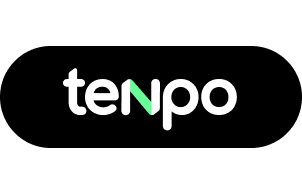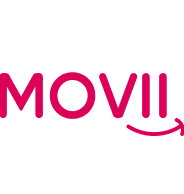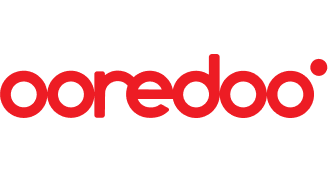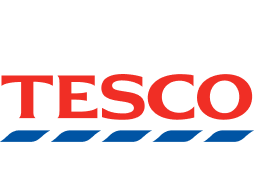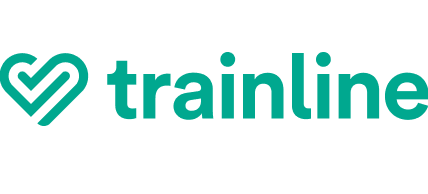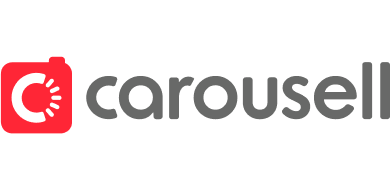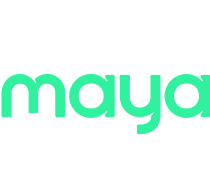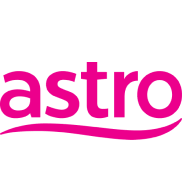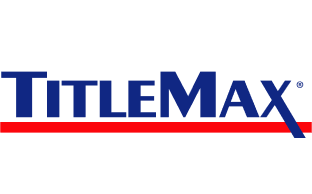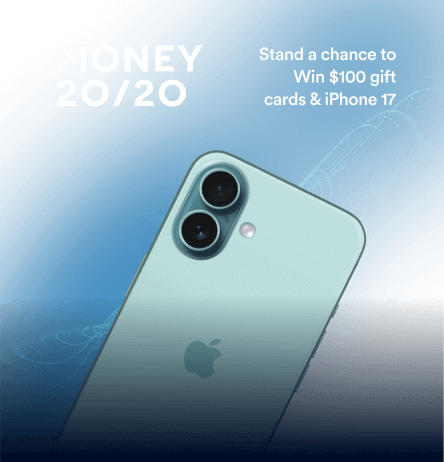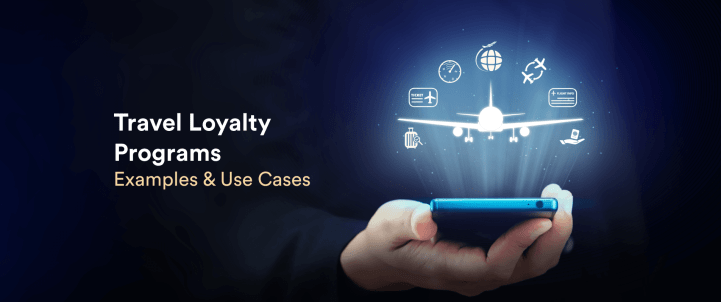Travel loyalty programs are customer retention strategies used by airlines, hotels, booking sites, and other travel brands. They reward guests with points, miles, or other perks for spending with the brand, encouraging repeat bookings and customer loyalty.
These loyalty programs are essential now because today’s travelers expect more than cheap fares. Moreover, loyalty drives retention and lifetime value. In fact, American Airlines reported that in Q3 2024, its travel loyalty program generated almost $1 billion, accounting for 7.2% of total revenue. 82% of travelers belong to at least one airline loyalty program.
Travel loyalty programs also help travel brands capture a greater share of a customer’s travel spend and gather valuable data to personalize offers. A strong program can significantly influence booking decisions.
What are Travel Loyalty Programs?
A travel loyalty program is a rewards system used by travel-related businesses to engage and retain customers by offering points, perks, and exclusive benefits. These programs are run by a variety of travel brands, including airlines, hotel chains, booking platforms, and even travel apps.
Members earn a program “currency” such as points or miles through eligible actions like booking flights, staying at partner hotels, or using co-branded credit cards. As members accumulate points, they can redeem them for rewards like free flights, hotel stays, upgrades, or discounts.
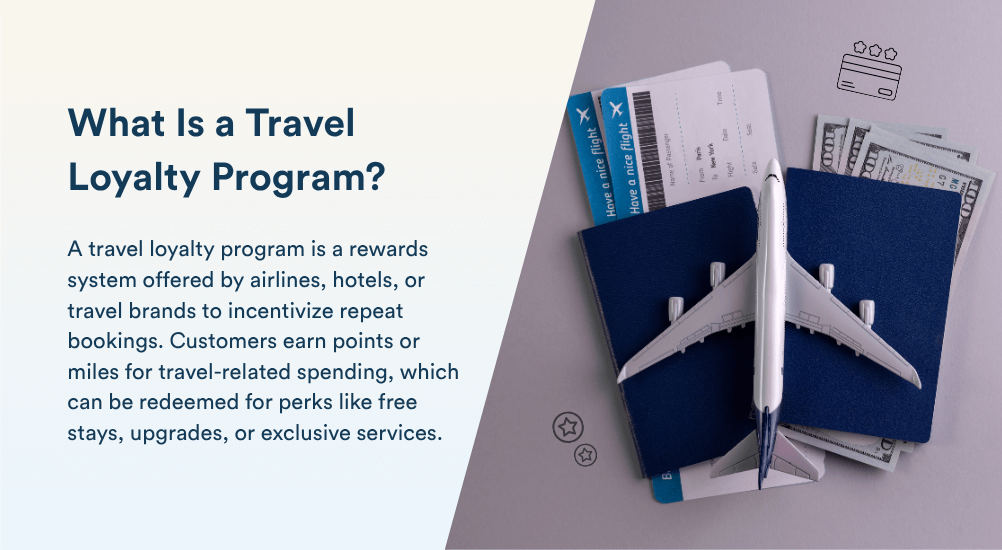
Key components of these programs include:
- Earning rules that determine the points per dollar spent
- Redemption options, such as gift cards or free extended stays
- Tiered status levels offering elite benefits like bonus points, free upgrades, or priority services
- Partnerships with other brands, such as car rentals, credit cards, or other travel services, that expand earning and redemption opportunities
Travel rewards programs help brands build loyalty by rewarding travelers for repeat business.
Why Travel Loyalty Programs Matter
Travel loyalty programs are a strategic necessity for modern travel brands, not just a luxury. Here’s why they matter:
- Drive Repeat Bookings and Revenue
Loyalty programs increase customer lifetime value (CLTV) by encouraging repeat bookings. When travelers know they’re working toward rewards or elite status, they’re more likely to choose the same brand, even when alternatives exist. 57% of consumers say they spend more on brands with loyalty programs. - Encourage High-Margin Purchases
Members are more likely to opt for upgrades, add-on services, or premium options to maximize point earnings or redemptions. This boosts profit margins beyond basic bookings. - Enable Personalization Through First-Party Data
Travel loyalty programs collect valuable data on each member’s travel history, preferences, and status. This allows brands to personalize offers, such as promoting bonus points for destinations a customer frequently visits, leading to more effective marketing and reduced churn. - Enhance the Customer Experience
A loyalty program tailored to consumers’ preferences makes the shopping and booking experience feel more special, building deeper emotional connections. - Boost Brand Advocacy and Word-of-Mouth
Active members are more likely to talk about the brand. The more a loyal member is satisfied with the rewards, the more likely they are to mention the brand to others, which is invaluable in the age of social media. - Increase Brand Stickiness in a Competitive Market
In a price-sensitive and seasonal industry, loyalty rewards programs help brands retain customers who might otherwise choose a cheaper competitor, because the rewards ecosystem offers long-term value.
Take a closer look at: The cost of building a loyalty program and how to ensure ROI.
Challenges Faced by The Travel Industry
Implementing loyalty in travel also has unique challenges.
- Low purchase frequency: Unlike groceries or coffee, most travelers book only a few trips a year. It can be hard to keep a customer engaged between those infrequent bookings.
- Loyalty Fatigue: Customers join many programs and spread their travel spend across airlines and hotels. This loyalty fatigue means travel brands must work harder to stay top-of-mind.
- Complex Data Integration. Travel bookings across multiple platforms, such as airlines, hotels, and rental cars, make it hard to get a unified loyalty profile without strong technology.
- Rising Expectations: Millennials and Gen Z often value experiences and sustainability over points, and many expect frictionless digital rewards.
5 Best Examples of Travel Loyalty Programs
Let’s take a look at five examples of the best travel loyalty programs and ideas from real brands.
1. Delta Airlines: SkyMiles
Delta Air Lines is a major airline in the United States that provides a loyalty program called SkyMiles. Members earn miles on flights, through Delta Vacations packages, credit cards, and partner purchases, then redeem them for flights or upgrades.
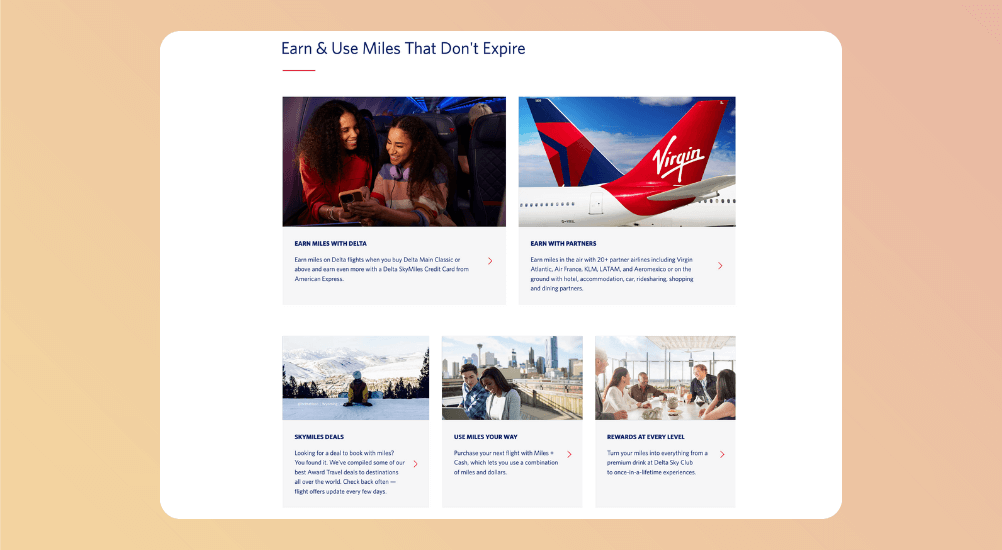
SkyMiles has four Medallion tiers, named Silver, Gold, Platinum, and Diamond, that provide increasing benefits. Notably, SkyMiles members get perks like free seat upgrades to Delta First and Delta Front, priority check-in or boarding, and access to Delta Sky Club lounges.
This mix of tangible rewards and experiential perks like lounge access and seat upgrades keeps frequent flyers engaged. Delta’s loyalty program generated a huge revenue of $5.5 billion in 2023, showing it works.
Takeaway: In airline loyalty, clearly tie rewards to travel and add exclusive experiences. Ensuring points don’t expire easily and partnering with credit cards or rental brands can amplify loyalty.
2. Marriott International: Marriott Bonvoy
Marriott Bonvoy is a top hotel loyalty program by Marriott International. It is acceptable at over 7000+ properties worldwide.

Bonvoy offers five elite tiers named Silver, Gold, Platinum, Titanium, and Ambassador. These come with perks like free breakfast, room upgrades, and late checkout. A unique feature is Marriott Bonvoy Moments, where points can be redeemed for curated experiences like concert tickets, galas, and cultural excursions, as well as for traditional free nights. Members also earn points via Marriott’s travel partners and co-branded credit cards.
Marriott’s global footprint and flexible rewards in the form of points and cash bookings, and digital check-in, make it easy to earn and burn points. The program delivers broad, aspirational benefits including luxury experiences and travel extras that drive loyalty.
Takeaway: For hotels, combine status perks with flexible redemption to provide emotional and practical value.
3. Booking.com: Genius Program
One of the largest online travel agencies, Booking.com’s Genius loyalty program rewards users for repeat bookings on its platform. It has three tiers based simply on the number of bookings in a specific period of time.

All Genius members get an instant 10% off on select stays. Higher tiers enjoy 15–20% off and perks like free breakfast or room upgrades, depending on their completed bookings. Once a member reaches a tier, they can enjoy the benefits for life, without needing to re-qualify.
The simplicity of a straight discount works for a wide audience, especially casual travelers who don’t earn hotel points often. The program nudges users to return to Booking.com for every trip, since even low-intensity travelers see immediate savings.
Takeaway: Keep loyalty simple with immediate discounts. No-expiry status is hugely popular, lowering the barrier to participation.
4. Expedia Group: One Key Rewards
The online travel company, Expedia Group’s loyalty program, recently unified as One Key, spans Expedia, Hotels.com, and Vrbo. It has three tiers, named Silver, Gold, and Platinum, and members earn reward points for every booking across those brands.
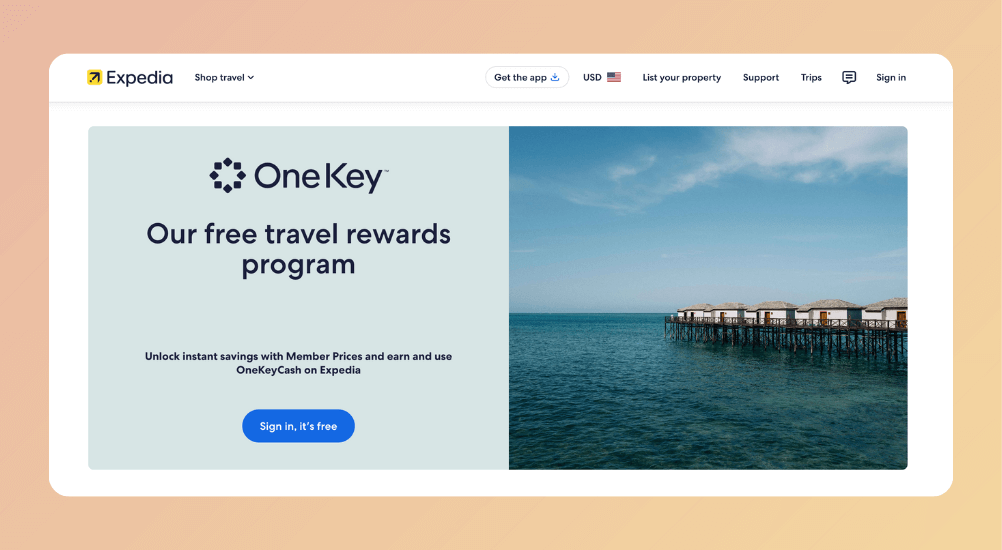
The redeemed points can be applied toward hotel or flight bookings. The program benefits tiered users with increasing perks. All members get extra hotel discounts of around 10% off, while higher-tier members receive free room upgrades or complimentary breakfasts. Users can easily “earn and burn” points on any Expedia-owned site, which appeals to both frequent and occasional travelers.
Cross-brand flexibility in the use of points across Expedia, Hotels.com, Vrbo, and tangible savings motivates bookings. Its upgrades or breakfast perks mimic hotel loyalty, adding emotional appeal.
Takeaway: A multi-brand program lets travel companies aggregate loyalty across more touchpoints and deliver perks where it matters.
5. Air France-KLM: Flying Blue
Flying Blue is the frequent flyer program of Air France and KLM, and four other SkyTeam airlines. It demonstrates the power of partnerships. Members earn Miles on partner flights, hotels, car rentals, and shopping.
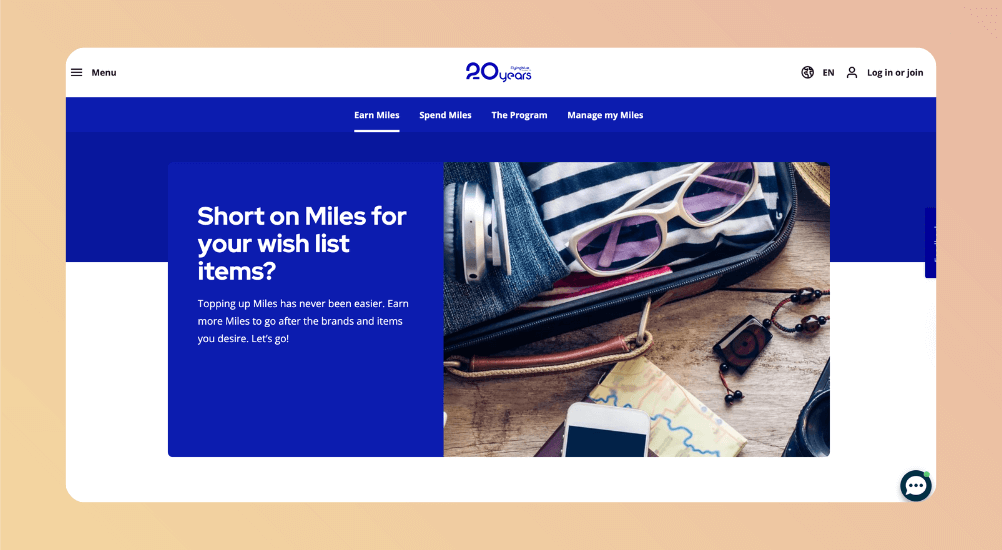
Miles are redeemable for free flights, cabin upgrades, extra baggage, and even experiences or charitable donations. Uniquely, Flying Blue lets members donate miles to causes like CARE France, War Child, French Red Cross, and other influential NGOs. Flying Blue has four membership levels, Explorer to Platinum, each unlocking higher earning rates and priority services. The combination of broad earning sources and novel redemptions sets it apart.
By linking travel spending across airlines, hotels, and more, Flying Blue increases engagement as even non-flyers like hotel guests can earn miles. The option to use miles for good adds emotional value.
Takeaway: Coalition programs that unite airlines with hotels, rentals, and charities can overcome travel’s low frequency, giving more ways to earn and use rewards to motivate customers across the journey.
What Makes a Travel Loyalty Program Great?
Successful travel loyalty programs share several core traits.
- Clear value exchange: Customers should understand exactly what they get, be it points per dollar, status perks, or free rewards, for their loyalty.
- Foster emotional connection: They align rewards with travel experiences, e.g., once-in-a-lifetime upgrades, exclusive access, or giving back via donations.
- Personalization and digital-first: They leverage customer data to tailor offers, such as targeted flight deals for a frequent route, special offers on a customer’s travel anniversary, and integrate deeply into mobile apps for seamless earning or redemption.
- Tier-based motivator: Higher tiers unlock more perks, creating a game-like progression that encourages more bookings.
- Frictionless redemption: Having a simple online wallet or app showing points balances, straightforward booking of rewards, and no surprise blackout dates.
- Cross-brand earning: They partner with other travel-related brands or retailers to capture a larger share of the traveler’s spend.
- Surprise-and-delight elements: Unexpected free upgrades, birthday bonus points, or first-time-use perks help maintain goodwill and excitement between trips.
Overall, consumers now expect travel loyalty programs that are more than just points. They want personalized experiences and meaningful rewards that feel relevant to their travel lifestyle.
How CleverTap Promos Helps Build Travel Loyalty Programs
CleverTap’s Promos is a behavior-driven loyalty engine that empowers travel brands to implement these best practices.
- It can automate real-time rewards based on user actions. For example, instantly crediting loyalty points or a discount coupon when a customer books a flight, checks in to a hotel via the app, or successfully refers a friend. Marketers can define triggers and assign rewards with flexible segmentation
- A key feature is its API-first loyalty wallet. The wallet APIs let you display live point balances and transaction histories in your app or website. You can embed the wallet UI anywhere, auto-apply vouchers at checkout, and maintain full control of earning/redemption logic. This makes redeeming across channels feel seamless for travelers.
- Promos supports dynamic discounting and partner vouchers. You can deliver single-use or multi-use coupons, gift cards, or third-party partner rewards tailored to travel. These partner integrations expand the value of your program.
- It comes with built-in analytics, and you can track redemption rates, campaign ROI, and lifetime value at a granular level. You can also see which rewards drive the most engagement, and fine-tune budgets and targeting on the fly.
Promos can encourage direct bookings and milestone loyalty. For example, trigger a bonus of extra points when a customer hits a flight spend threshold or reaches a travel anniversary. Run cross-sell promos by segmenting travelers who booked a flight and offering bonus points on their next car rental or hotel booking. Flash campaigns can also be executed with time-based triggers. CleverTap’s Promos platform thus covers the full loyalty lifecycle.
Curious how CleverTap Promos fits your loyalty goals? Get personalized guidance from our experts.
Make Loyalty Your Competitive Advantage Today
Travel loyalty programs are indispensable tools for airlines, hotels, and travel platforms aiming to improve retention, engagement, and revenue. The examples above show how tiered rewards, seamless experiences, and unique perks turn one-time travelers into lifelong advocates. A great travel loyalty program makes customers feel valued through clear benefits and surprises and integrates deeply into the booking process.
With the right technology, any travel brand can build a loyalty program like the best in the industry. By automating personalized rewards for every booking, referral, or milestone, travel companies can turn occasional trips into continuous loyalty.
Kiran Pius 
Leads Product Launches, Adoption, & Evangelism.Expert in cross-channel marketing strategies & platforms.
Free Customer Engagement Guides
Join our newsletter for actionable tips and proven strategies to grow your business and engage your customers.

